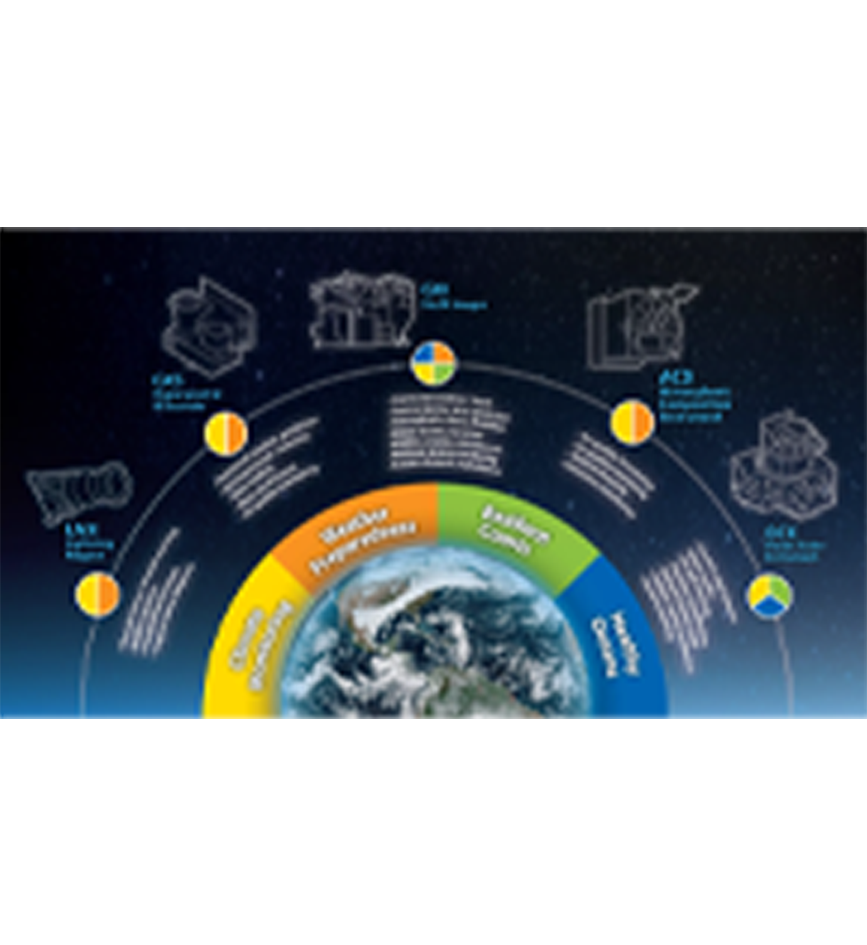The GMAO Research Site
The Global Modeling and Assimilation Office (GMAO) supports NASA's Earth Science mission. Activities in Earth System modeling and data assimilation aim to maximize the impact of satellite observations on analyses and predictions of the atmosphere, ocean, land and cryosphere.









 GMAO's Annika Jersild Featured In GSFC Early Career Scientist Spotlight (3.28.25)
GMAO's Annika Jersild Featured In GSFC Early Career Scientist Spotlight (3.28.25) 2024 GMAO Peer Awards Honor Recipients' Outstanding Achievements (2.5.25)
2024 GMAO Peer Awards Honor Recipients' Outstanding Achievements (2.5.25) New Paper Reveals Drop in Levels of Global Freshwater with Co-Author Mike Bosilovich (11.15.24)
New Paper Reveals Drop in Levels of Global Freshwater with Co-Author Mike Bosilovich (11.15.24)